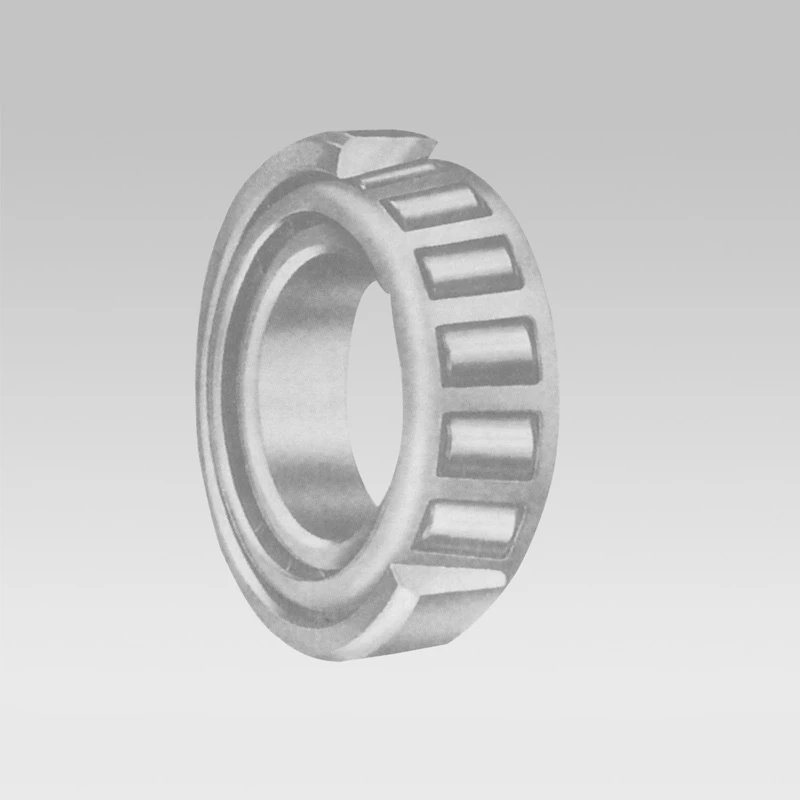
Nov . 08, 2024 23:50 Back to list
High-Performance Angular Contact Bearings for Precision Applications in Engineering
Precision Angular Contact Bearings An Overview
Precision angular contact bearings are vital components in the realm of machinery and equipment where high radial and axial load capacities are essential. These bearings are designed to accommodate both axial and radial forces, making them highly versatile in various applications, including automotive, aerospace, and manufacturing machinery. Their unique design and operational capabilities are crucial for enhancing performance and ensuring precise motion control.
Design and Construction
Angular contact bearings differ from standard ball bearings primarily in the configuration of the raceways and the position of the balls. These bearings feature an inner and an outer ring that are offset relative to each other, enabling them to bear heavier loads in one direction. The angle of contact, which typically ranges between 15 to 40 degrees, plays a significant role in determining the bearing's performance characteristics, such as its load-carrying capacity and stiffness.
The precision aspect of these bearings is achieved through tight manufacturing tolerances that ensure minimal clearance between the rolling elements and raceways. High-quality materials, such as chrome steel or ceramic, are often used to enhance durability and performance under varying loads and speeds. The specific design of angular contact bearings facilitates easy stacking in pairs or sets, allowing for the optimization of load handling in both radial and axial directions.
Applications
Precision angular contact bearings are commonly found in applications requiring high-speed operation and significant load support. In the automotive industry, they are crucial for components such as wheel hubs, transmissions, and engine assemblies, where they help maintain precise alignment and reduce friction during operation.
In aerospace applications, these bearings are utilized in gearboxes and turbine engines, where reliability and performance are critical. Their ability to handle high speeds and moment loads makes them indispensable for ensuring optimal functioning under extreme conditions.
Furthermore, in manufacturing settings, precision angular contact bearings are used in CNC machines and robotic arms. These bearings contribute to the overall accuracy and efficiency of machining processes, allowing for high-speed operations while maintaining tight tolerances.
precision angular contact bearings

Advantages of Precision Angular Contact Bearings
One of the key advantages of precision angular contact bearings is their ability to support both axial and radial loads effectively
. This feature is essential in applications where space is limited, and multiple load types are encountered simultaneously.Additionally, precision angular contact bearings provide a higher stiffness compared to standard bearings, leading to improved rigidity in machine structures. This increased stiffness enhances performance, particularly in high-speed operations where precision is paramount.
Another significant benefit is the variety of configurations available. Angular contact bearings can be arranged in multiple ways—either in pairs or in series—to accommodate specific load requirements and scenarios. This flexibility allows engineers to customize solutions that best fit their application needs.
Maintenance and Care
To ensure optimal performance and longevity, precision angular contact bearings require regular maintenance. Proper lubrication is essential to minimize wear and reduce friction. It is crucial to choose the right type of lubricant based on the operating conditions, such as temperature and speed.
Additionally, regular inspections for signs of wear, contamination, or misalignment should be conducted. Early detection of issues can prevent catastrophic failures and extend the lifespan of the bearings.
Conclusion
Precision angular contact bearings are integral to the functionality and efficiency of various machinery across multiple industries. Their unique design, coupled with their ability to handle a combination of loads, positions them as a critical component in modern engineering applications. As technology advances and the demands for precision and performance grow, the importance of these bearings will only continue to rise. Understanding their features, advantages, and maintenance requirements will help engineers and technicians make informed decisions in their implementation and usage, ultimately driving innovation and efficiency in their respective fields.
Latest news
-
Spherical Roller Bearings Applications: Heavy Duty, Self-Aligning
NewsAug.30,2025
-
Premium Deep Groove Ball Bearings | High Speed & Reliability
NewsAug.29,2025
-
Durable Scaffolding Clamps - Secure & Reliable Tube Connectors
NewsAug.28,2025
-
Common Failures in Thrust Ball Bearings and Solutions
NewsAug.22,2025
-
How Tapered Roller Bearings Can Take Shock Loads
NewsAug.22,2025
-
Angular Bearings in High-Precision Spindles
NewsAug.22,2025
